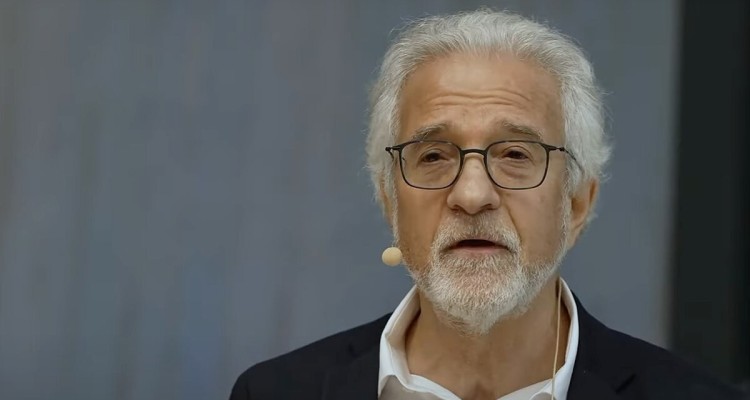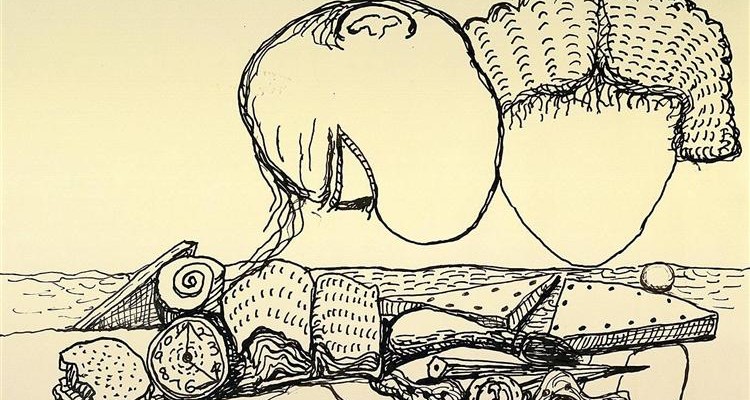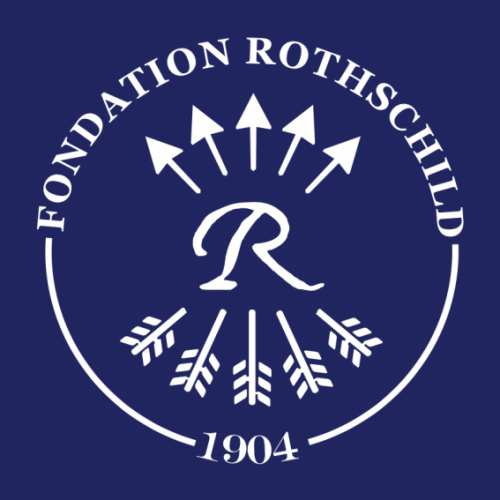How did Jews come to be defined as white? The answer can be found in a relatively new form of critical discourse, presently in vogue, in which ‘whiteness’ functions not as an empirical descriptor, but a politico-moral distinction. Below, read the second part of Balázs Berkovits’ essay on the implications of this shift, “What Color Are the Jews?”
Read part 1 here
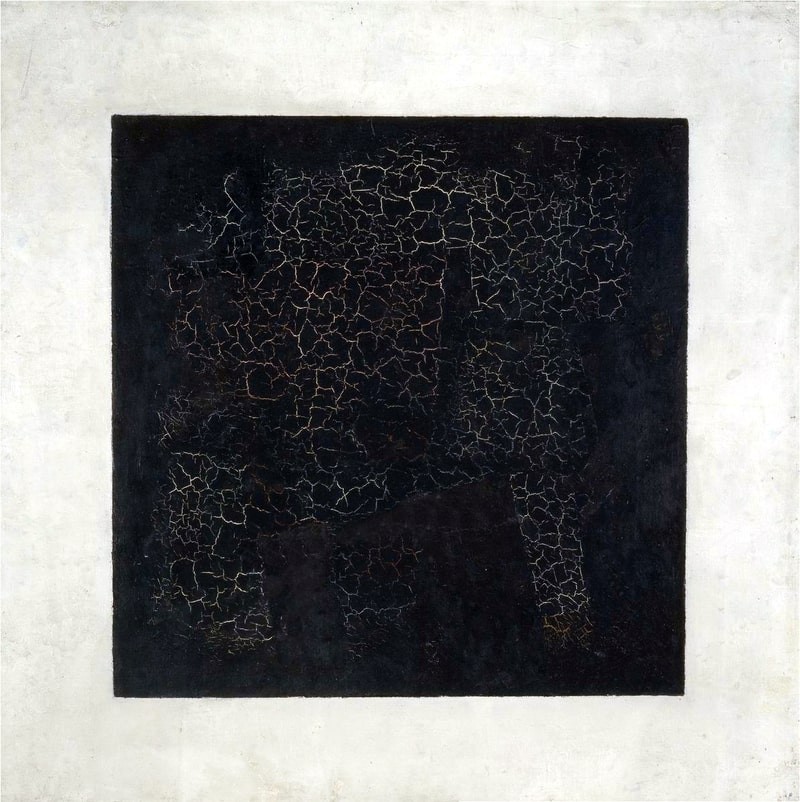
That the notion of ‘whiteness’ conflates the interpretive and evaluative is nothing new– such concepts are often formed in this way. The problem, then, is not that ‘critical witness studies’ pursues a politically normative agenda. The problem is that, in pursuit of this agenda, ‘critical whiteness studies’ systematically subordinates empirical analysis: that activism comes before all else.
A social history of ‘Jewish overrepresentation’
There is a strong argument to be made that the concept of ‘whiteness’ can easily be reduced to questions of social mobility, acculturation, academic achievement, status acquisition, and the like. it is, indeed, true that ‘whiteness’ provides much descriptive information.
One such descriptive duty is the reference to skin color, though we know that, in the framework described here, ‘white’ is (and must always be) interpreted as a socio-historical category, constant semantic shift notwithstanding. Another is the assumption that the society into which the Jewish community has assimilated is essentially a ‘white society,’ since the majority of that society is white, and enjoys ‘white privilege.’ However, it is generally assumed that this majority is not only unduly advantaged over other groups, but is also actively oppressive to them, and that this racism is intrinsic. The accepted term for this is “structural racism”
All of which means the operating assumption of ‘whiteness studies’ is that the discrimination of ‘white-majority societies,’ more or less consciously maintained, is the major source of inequalities. Many authors have already established as much: that this essentialized vision of ‘white-majority societies’ takes as its foundational point the assumption of active racism.[1]
According to David A. Hollinger, the evaluative concepts used to describe Jews can be translated into concepts of social history on two conditions: First, the preeminence and over-representation of Jews in most fields (political, scientific, cultural, etc.) be clearly recognized, and secondly that this recognition be stripped of the value judgments which are usually attached to it, be they positive or negative. From this point of view, one can just as easily, and as clearly, examine Jewish over-representation in totalitarian communist parties as one can Jewish over-representation among Nobel laureates[2]. The approach here is purely empirical and explanatory, and does not involve any moral or political judgment:
“By almost any measure, Jews are demographically overrepresented among the wealthiest, most politically powerful, and most intellectually accomplished Americans. The Jewish experience since 1945 is the most dramatic and unique case in American history: an ethnic group that had been systematically stigmatized and discriminated against under the protection of the law suddenly became overrepresented in social spaces where the progress of its members had previously been inhibited.”[3]
Hollinger’s approach first aims to substitute social-scientific explanations for essentialist narratives. Second, it seeks to broaden the explanatory model to include literacy levels, social status of Jews in their home countries, business experience, etc., emphasizing the “historically contingent character” of Jewish overrepresentation. Finally, he suggests that we understand “Jewish” as a socio-historical concept rather than as a marker of identity. Thus, the term “Jewish” will also encompass those who do not identify with Jewishness, but whose origins and social contexts are determined by its history. Hollinger hastens to add that, “Poor rural whites are not overrepresented at Harvard and the big brokerage firms.”[4] Whiteness, as far as Jews are concerned, is of little help here. Whenever one simply looks at Jewish history through the prism of color, one can assume that an underlying political intent overrides the explanation.
The struggle for whiteness in historical context
Whiteness studies systematically gloss over the ambiguities of assimilation, and of Jewish assimilation in particular. As new immigrants to the United States, Jews were forced to position themselves within the existing racial hierarchy, after all; and–regardless of the semantic shift associated with its definition–‘whiteness’ has always been a highly important, integration issue in the American context. This aspect – namely, what whiteness meant to new Jewish immigrants – is largely overlooked by ‘whiteness studies’ scholars, who instead reserve for themselves alone the right to distinguish white from non-white, ignoring the struggles of the actors involved. But is simply not the researcher’s role to apply a racial label to certain groups. On the contrary, he or she must be careful to understand racial categorization as the result of identification and counter-identification–of struggle and of compromise.
Eric L. Goldstein’s book, The Price of Whiteness, proves itself an exception to this rule in its comprehensive examination of the complex history of American Jews’ ethnic and racial identity. Goldstein’s goal is to “demonstrate the enormous pressure on [American] Jews . . . to conform to the dominant racial paradigm, as well as the significant constraints placed on expressions of group difference by a world determined to see itself in terms of black and white.”[5] In contrast to the moralistic fable that Jews have “chosen whiteness,”[6] Goldstein presents an intricate narrative of the various interests which American Jews find themselves trying to reconcile: for assimilation vies against the preservation of a distinct identity, and both of these come into conflict with the quest for advantageous racial classification the categories imposed upon them from without. Depending on historical periods, geographic location within the United States, and the geographic and cultural origins (within Europe) of the Jewish groups in question, the outcomes of these struggles can be remarkably varied. As Goldstein puts it, “The experience of American Jews, however (and I believe this remains true, albeit in different ways, for other immigrant groups), demonstrates that whiteness was not stable and monolithic, but was constantly influenced and reshaped by other competing identities.”[7] So Jews were pushed toward whiteness, then, but whiteness did not simply confer privilege. While the white majority wanted to impose a black-white dichotomy, Jewish immigration subverted this division, causing uncertainty about racial classifications–even anxiety about them. This was something the white majority was unwilling to tolerate. And it remains something most contemporary ‘whiteness scholars’ are unwilling to tolerate.
The question, then, is how “Jewish whiteness” becomes effective today, and how the application of this label to Jews by scholars, critics, or activists transforms the way they are perceived.
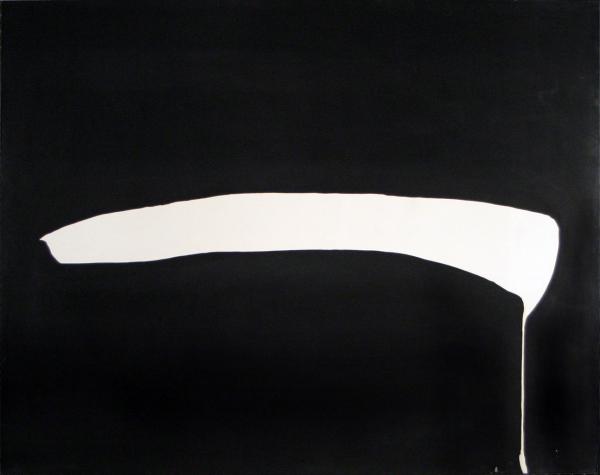
The Jews as Super-Whites
In an important article on the association between ‘whiteness’ and Jews in intersectional theory, David Schraub observes that Jewishness does not add anything to whiteness, interpretively speaking, instead, the qualification of “whiteness” overshadows Jewishness. How do ‘Jewish’ and ‘white’ interact? Labeling Jews as white erases their specificity as a minority group, as well as their particular experience. At the same time, it attributes all the benefits they are likely to enjoy to their Jewishness–by, in other words, peddling all the usual stereotypes.
When Jews become white, they could simply be seen as white and nothing more, hence the “politics of Jewish invisibility.”[8] But the problem goes deeper, as Jews tend to become the very embodiment of whiteness. When this happens, the age-old stereotypes of Jewish domination become prevalent once more, though attenuated by and/or disguised in the critique of ‘whiteness.’ “In particular, the association of Jews with power, as an anti-Semitic trope, has the function of classifying Jews not only as ‘white’ but also as exemplifying or embodying ‘whiteness’,” Schraub writes. “To the extent that Jewishness is not understood as a category materially distinct from whiteness, the failure to see Jews as a case of marginalized identity is not intuitively felt as a lack.”[9]
Consequently, in discourses on ‘Jewish whiteness,’ Jews not only cease to occupy a minority position, but also come to play a role of remarkable prepotence. The concept of ‘whiteness’ thus colonizes the ‘Jew,’ and automatically invites criticism. Under the guise of a critique of power and domination, this rhetoric presents itself as being free of anti-Semitism. However, the ‘Jew’ not only reinforces the ‘white,’ but becomes the ‘super-white’: the meaning ‘whiteness’ is changed by the appendation of the ‘Jew.’ Thus, when ‘Jew” and ‘white’ are combined in this discourse, it is the anti-Semitic content that ends up emphasized. In this commingling of a seemingly progressive critique of power and the oldest anti-Jewish stereotypes, it is the progressivism that is erased. The anti-Semitism remains. Schraub puts it as follows:
“Antisemitism frequently manifests itself as a preoccupation with a supposed Jewish hyperpower. While whiteness is often seen as an unmarked category (‘mere’ individuals), Jewishness is a highly marked identity – and its markers are very often centered on beliefs about power, domination, or social control. The whiteness framework is designed to draw attention to these attributes, revealing things that would otherwise remain invisible or unspoken. But when applied to the Jewish case – where these attributes are not hidden but instead exceptionally diffuse – its cultural impact can be very different. Instead of destabilizing and particularizing a previously ‘neutral’ identity, it can promote, even accelerate, deeply anti-Semitic tropes.“[10]
For all these reasons, it seems that Jewishness functions as a kind of whiteness amplifier: the more it is applied to Jews, the more they are excluded from the group of minorities considered relevant in critical studies of racism and intersectional theory. Jewishness then represents a form of ‘counter-intersectionality,’ i.e. the combination of dominant positions, all appropriated by ‘white Jews.’ If Jews are thus erased as a minority, they are, at the same time, enhanced as a group of subjugators. They accumulate the traits of domination, whereas intersectional theory is built on the accumulation of structural disadvantages.
So, while all sorts of minority subgroups are absorbed into the larger category of whiteness, and add nothing significant to it in the process, Jews are understood as vectors and perpetuators of whiteness.
In this new form of racial discourse, minority spokespersons define themselves exclusively in terms of ‘color’, and refer to the perceptual meaning of whiteness. They claim racism and discrimination can only be directed against people of color. But, on the other hand, this discourse asserts that Jews are exceptional, privileged, dominant, oppressive and colonial. After all, ‘white’ does not express something neutral: To deem something white is to make a qualitative judgment about it – to say it represents privilege, domination and card-carrying membership in the racist majority.

‘Whiteness’ and the State of Israel
The trope of ‘white Jews’ becomes significant for another reason: In addition to the privileged position it confers in the structure of inequality (at least, according to the critical/accusatory discourse), Jews are associated with the ‘colonial’ nature of Israel. This state, founded by Europeans in the Middle East, supposedly enjoys total impunity on the world stage. Thus arises, once more, the idea that Jews are linked to world domination.
The labeling of Jews as white is essential to understanding why so much critical attention is given to Israel and Zionism today. Indeed, the critique is far from being directed solely at Israel as such: It is always, at least tacitly, constructed in conjunction with the critique of Jews. Of course, most of the time, the criticism of Israel is not that of the empirically existing state. Rather, it stems from the fact that the denunciation of Israel represents an element of an ideological worldview–a kind of shibboleth unequivocally signalling a position in the ‘progressive’ camp, or, in the words of Shulamit Volkov, a kind of “cultural code” that marks one’s membership in the camp of the good and the universal[11]. Israel has become a symbol of oppression and privilege, far removed from its complicated history and unique position in the Middle East. If anti-Zionism has become probably the most popular critical idiom, it is due to the perception of Jews as white colonizers. Criticism of Israel feeds on criticism of Jews as inchoately ‘white.’
It is wrong, then, to say “anti-Zionism is just anti-Semitism in another form.” It is more complex than that, and probably worse. There is no pretense here, and there is no need for one, because the criticism of Jews as whites is clear, and openly professed. The link between the criticism of Jews and that of Israel is not metonymic, but structural: it is based on the accusation of whiteness, and on the ‘Jewish question’ it raises–this time, on an international level.
Balázs Berkovits
Balázs Berkovits was born in Budapest and lives in Tel Aviv. He is a sociologist with a PhD in philosophy, pursuing research in the Comper Center at the University of Haifa, the London Centre for the Study of Contemporary Antisemitism (LCSCA) and MEMRI (Jerusalem). He is also the book review editor of the Journal of Contemporary Antisemitism. At present, his work concerns the re-emergence of the “Jewish problem” in contemporary works of philosophical, social and political criticism. Occasionally, he also writes on the political and social situation in contemporary Hungary.
Notes
| 1 | For example, Jonathan David Church’s “Whiteness Studies and the Theory of White Fragility Are Based on a Logical Fallacy“, Areo Magazine, 25/04/2019. |
| 2 | David A. Hollinger, Cosmopolitanism and Solidarity. Studies in Ethnoracial, Religious, and Professional Affiliation in the United States, The University of Wisconsin Press, 2006. |
| 3 | Hollinger, 157. |
| 4 | Hollinger, 156-157. |
| 5 | Goldstein, The Price of Whiteness. Jews, Race, and American Identity, Princeton University Press, 2006, p. 4. |
| 6 | Goldstein, 5. |
| 7 | Goldstein, 4 |
| 8 | Schraub, “White Jews : An Intersectional Approach” , Revue AJS, volume 43, number 2, november 2019, p.18 |
| 9 | Schraub, 5-6. |
| 10 | Schraub, 6. |
| 11 | Shulamit Volkov, « Readjusting Cultural Codes : Reflections on Anti-Semitism and Anti-Zionism », Journal of Israeli History : Politics, Society, Culture, 25:1, 2006, 51-62. |

